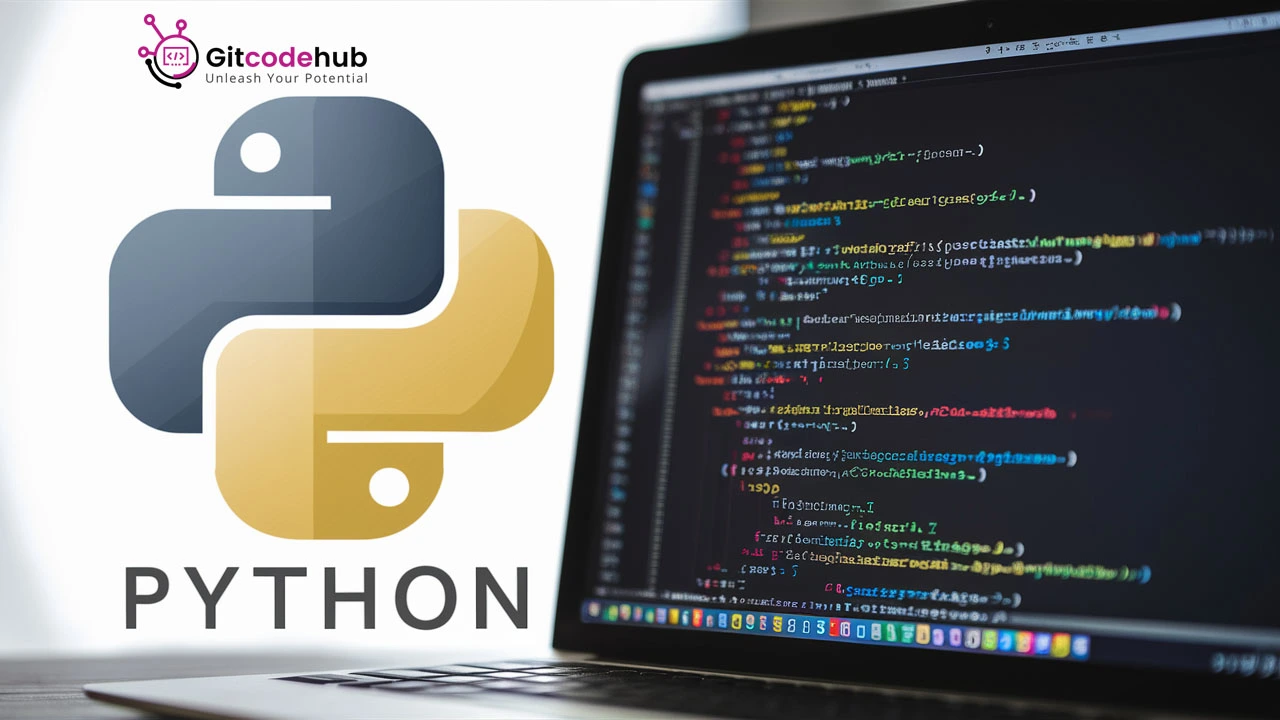Introduction to Python: The Versatile Language for Everyone
Python has rapidly become one of the most popular programming languages in the world, renowned for its simplicity, readability, and versatility. Whether you’re a beginner stepping into the world of programming or an experienced developer looking to expand your skills, Python offers something for everyone. At GitCodeHub, we’re excited to introduce you to Python and guide you on your journey to mastering this powerful language.
What is Python?
Python is a high-level, interpreted programming language known for its clear syntax and readability. Created by Guido van Rossum and first released in 1991, Python has grown to become a language of choice for many developers due to its versatility and wide range of applications.
Why Learn Python?
- Easy to Learn and Use: Python’s simple syntax makes it an ideal language for beginners. It emphasizes readability, allowing new programmers to pick up concepts quickly.
- Versatile Applications: Python is used in various fields, including web development, data analysis, machine learning, artificial intelligence, scientific computing, and automation.
- Extensive Libraries and Frameworks: Python boasts a rich ecosystem of libraries and frameworks that accelerate development, such as Django and Flask for web development, Pandas and NumPy for data analysis, and TensorFlow and PyTorch for machine learning.
- Strong Community Support: Python has a large and active community, offering extensive documentation, tutorials, and forums to support developers at all levels.
Getting Started with Python
To begin your Python journey, you’ll need to set up your development environment. Here are the steps:
Write Your First Python Program: Create a new Python file and write a simple “Hello, World!” program to get familiar with Python’s syntax:
Install Python: Download and install the latest version of Python from the official Python website. The installation package includes the Python interpreter and a simple text editor called IDLE.
Choose a Code Editor: While Python comes with IDLE, you might prefer a more robust editor like Visual Studio Code, PyCharm, or Jupyter Notebook for writing and testing your code.

- Explore Python’s Features: Experiment with Python’s data types, control structures, functions, and libraries to understand its capabilities.
Key Features of Python
- Simple Syntax: Python’s syntax is designed to be intuitive and mirrors natural language, making it accessible to beginners.
- Dynamic Typing: Python uses dynamic typing, allowing you to write code without explicitly declaring variable types.
- Interpreted Language: Python is an interpreted language, which means code is executed line by line, making debugging and testing easier.
- Cross-Platform: Python runs on multiple platforms, including Windows, macOS, and Linux, providing flexibility for developers.
Learning Resources
At GitCodeHub, we offer a variety of resources to help you master Python. Whether you’re looking for tutorials, coding challenges, or in-depth articles, our platform provides everything you need to develop your Python skills.
Conclusion
Python’s simplicity and versatility make it an excellent choice for both beginners and experienced developers. Its wide range of applications and strong community support ensure that you’ll have the tools and resources you need to succeed in any project.
Visit GitCodeHub to explore more about Python and other programming languages. Join our community and start coding with Python today!

